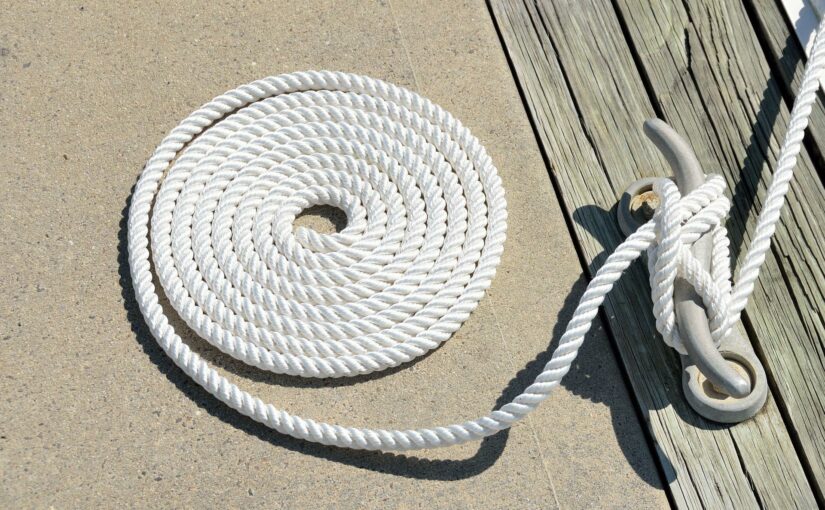A boat mooring can be done in several ways. This procedure consists of tying the vessel to a fixed point in order to immobilise it in ports. However, when there are a large number of sailors in the area, it is necessary to tie up to a dead body. How do you set up the manoeuvre in this case?
What is a dead body?
A deadweight is a concrete slab or heavy object that lies on the bottom of the water. It is attached to a buoy or trunk by means of a chain to allow boats to attach themselves to it. These are mainly located in secureboat moorings . They allow boaters to use a mooring technique perpendicular to the quay and thus save more space when disembarking.
Theboat mooring areas at a dead body are areas managed by an association. In general, the buoy to which you tie your vessel belongs to you all year round. However, the use of mooring lines and boat hooks is still essential in the manoeuvre.
The different methods of mooring a boat to a dead body
To ensure the success of the procedure, a number of steps are required. Firstly, you must prepare yourself to carry out themooring of the boat. This is the last step in the docking process. Before arriving at the mooring, your equipment must be in good working order. In preparation, you will need a hook. This is used to pull the boat towards the buoy or trunk.
This step helps to prepare the mooring. The deadweight should be close to the bow to get a better field of vision. This allows the captain of the vessel to adjust the speed of the vessel so that the crew can secure the mooring to the trunk. This step requires great care and communication between each member. Once the dead body and the ship are at a suitable distance, the crew can begin the securing. However, the vessel must remain stationary for some time to complete the procedure.
Manoeuvres to reach the dead body
If you are sailing alone, there are two methods you can use. The first is to moor your boat on a buoy facing the wind. In this method, you will have plenty of time to prepare your mooring while the boat floats along with the current. Take a rope from the front of the boat so that it connects to the cockpit from outside the rigging and stanchions. This procedure makes it easier to attach because you will not have to move the cockpit to secure theboat . You can also apply this method in reverse.
The second technique is used when the mooring areas have strong currents and strong winds. In this case, you must anticipate your manoeuvres. This requires prior observation of the boats already attached to the buoys, which is called dunnage. After this study, adjust the speed of your vessel so that you can arrive in neutral near the buoy.






